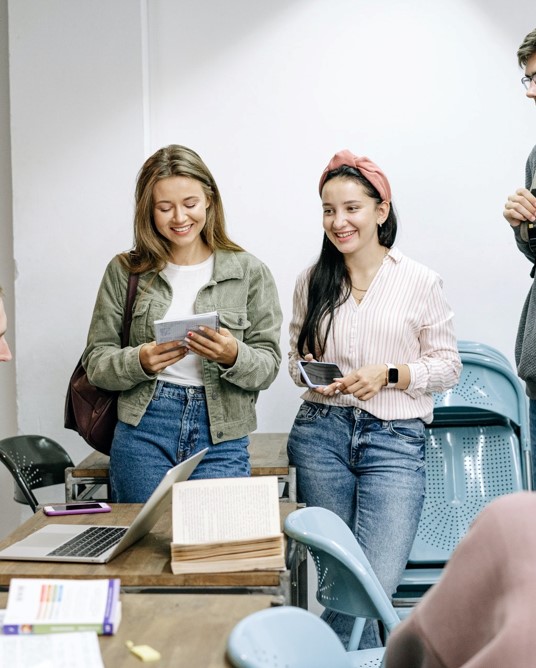- Home
- Study guide
- Module 1
- Topic 1: What is Student Digital Civic Engagement?
- Topic 2: How is Digital Civic Engagement Impacting Universities (and Beyond)?
- Topic 3: What Competences do Student Civic Engagers Develop?
- Topic 4: What does Student Digital Civic Engagement Look Like in Practice?
- Evaluation test for module 1
- Resources and further studies (Module 1)
- Module 2
- Topic 1: Problems that need solving – spotlight on global issues
- Topic 2: Improving your community through civic engagement
- Topic 3: Taking a service-learning approach to an DCE project
- Topic 4: DCE is building your competency levels. Here are the opportunities
- Evaluation test for module 2
- Resources and further studies (Module 2)
- Module 3
- Topic 1: What Do Great Digital Civic Engagement Projects Include?
- Topic 2: Getting Involved In Your First Digital Civic Engagement Project/ Initiative
- Topic 3: Using Technology To Enhance Your Civic Engagement Work
- Topic 4: Designing/ Delivering Digital Civic Engagement Solutions
- Evaluation test for module 3
- Resources and further studies (Module 3)
- Module 4
- Module 5
- Topic 1: Estimating Project Costs And Financial Needs
- Topic 2: Spotlight On Lean Start Up and Sustainable Business Model Canvas
- Topic 3: Crowdfunding Your Civic Engagement Projects /Causes
- Topic 4: Leveraging the power of corporate social responsibility
- Evaluation test for module 5
- Resources and further studies (Module 5)
- Module 6
- Topic 1: Why Building Credibility, Trust and Relationships are Key
- Topic 2: Cultivating and Growing a Student Civic Engagement Community
- Topic 3: Spotlight on Mission Marketing
- Topic 4: Technology Tools to Help You Share and Spread Your Civic Engagement Work
- Evaluation test for module 6
- Resources and further studies (Module 6)

Topic 1: What is Student Digital Civic Engagement?
The learning objective of this topic is to understand the concept of student digital civic engagement. Learners will be introduced about the differences between the concepts of civic engagement, digital civic engagement and student digital civic engagement. The topic focuses on building a basic knowledge base about student digital civic engagement.
 Student digital civic engagement encompasses a broad field that crosses different terms:
Student digital civic engagement encompasses a broad field that crosses different terms:
Civic Engagement is a form of engagement undertaken by an individual or group that focuses on participation in either political activities, community activities or both (e.g., voting, attending community meetings, contacting public officials, participating in protests, signing petitions, or writing articles about one’s community). Civic engagement is committed for the best interest of the community and focuses on better quality of life in a just and democratic way.
Digital civic engagement refers to civic engagement activities that happen through the use of digital tools. It covers more conventional forms of activities (e.g., reading and circulating news, writing emails to an elected representative or community organization, or belonging to a campus or community group online), and more digitally mediated forms of interaction (e.g., writing blogs, creating petition platforms, or crowdfunding sites and using social network tools).
Student civic engagement occurs when students engage in civic activities within higher education institutions. These activities can be optional (e.g., volunteering in a student union, engaging as a mentor), or can be part of study programmes (e.g., as a service-learning coursework).
Student digital civic engagement comprises both, the civic and digital component: It refers to civic engagement activities carried out by students as they use digital tools to convey and perform their civic action.
Quick test



